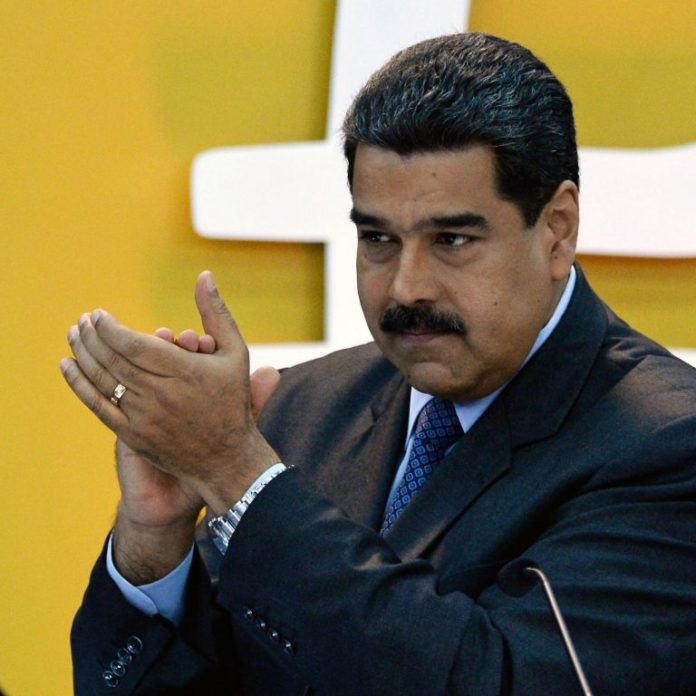
An Ethereum developer is claiming the state-backed petro (PTR) cryptocurrency, a plaything to Venezuelan President Nicolas Maduro, has taken substantial amounts of its newly published whitepaper from Dash (DASH). Indeed, at least at first glance, it does appear there are close similarities between the altcoin and the world’s first national cryptocurrency.
Venezuela’s Newly Published Whitepaper Appears to Have a Great Deal in Common with Dash
Readers familiar with altcoin dash will recognize its salient features: instant send, masternodes, consensus combination, an X11 mining algorithm, and so on. That these elements have found their way into the recently published Petro whitepaper caught the attention of at least one keen reader, Ethereum developer Joey Zhou.

The coincidences appeared to be so strong in his reading and subsequent comparison that Zhou took to Twitter, announcing “Lol Venezuela’s new Petro token is a blatant dash clone (at least the whitepaper, page 11).” He then linked to a graph that’s prominent in both the whitepaper (page 13 in the PDF) and the Dash Github.
Under the heading “Technical Description” (Section 11.6, “Staking o Tenecia”), the petro whitepaper seems to propose a consensus algorithm combination of Proof-of-Work (PoW) and Proof-of-Stake (PoS), which is similar to that of dash. Petro begins by allocating 85% of its rewards to “Nodos Maestros,” or masternodes, with the remainder left to users. But to be fair, Dash’s breakdowns are not nearly as skewed.

Masternodes, Instant Send, X11 Mining =
Highest Form of Flattery?
Sunacrip, the self-proclaimed autonomous entity that oversees all of Venezuela’s cryptoasset-related matters, features prominently in the Petro whitepaper. Though Petro supposedly has masternodes, a key part of dash governance, Sunacrip is given a lot of relative power. For example, it is allowed to change the consensus for the network’s “convenience.” Yet the whitepaper claims masternodes will “make decisions in the network and support transactions carried out by themselves.”

Whether it’s straight plagiarism or a friendly open-source lifting might depend on who is judging the whitepaper. However, if petro were to be so “blatant,” as Mr. Zhou claimed, dash would be a logical choice. Venezuela has a history with dash, and as recently as this summer the world’s 12th-largest cryptocurrency by market capitalization caught a double-digit price bump, apparently due to a rush of Venezuelans racing to escape notorious hyperinflation.
An even deeper dive into petro shows what appears to be a pattern when it comes to dash similarities. Indeed, both instant send and X11 mining have been woven into petro, which are also critical features of dash. Described as “most important” to petro are “the instantaneous sending (less than five seconds) of the transactions, which represents an innovative advance with a significant impact compared to existing cryptocurrencies.” That sentence omits, of course, the most famous crypto using masternodes, dash.
For the latest cryptocurrency news, join our Telegram!
Do you believe Venezuela copied dash, or are the similarities in its petro whitepaper simply a coincidence? Let us know in the comments below.
Images courtesy of Shutterstock.

Bitcoin.com is author of this content, TheBitcoinNews.com is is not responsible for the content of external sites.
Our Social Networks: Facebook Instagram Pinterest Reddit Telegram Twitter Youtube










